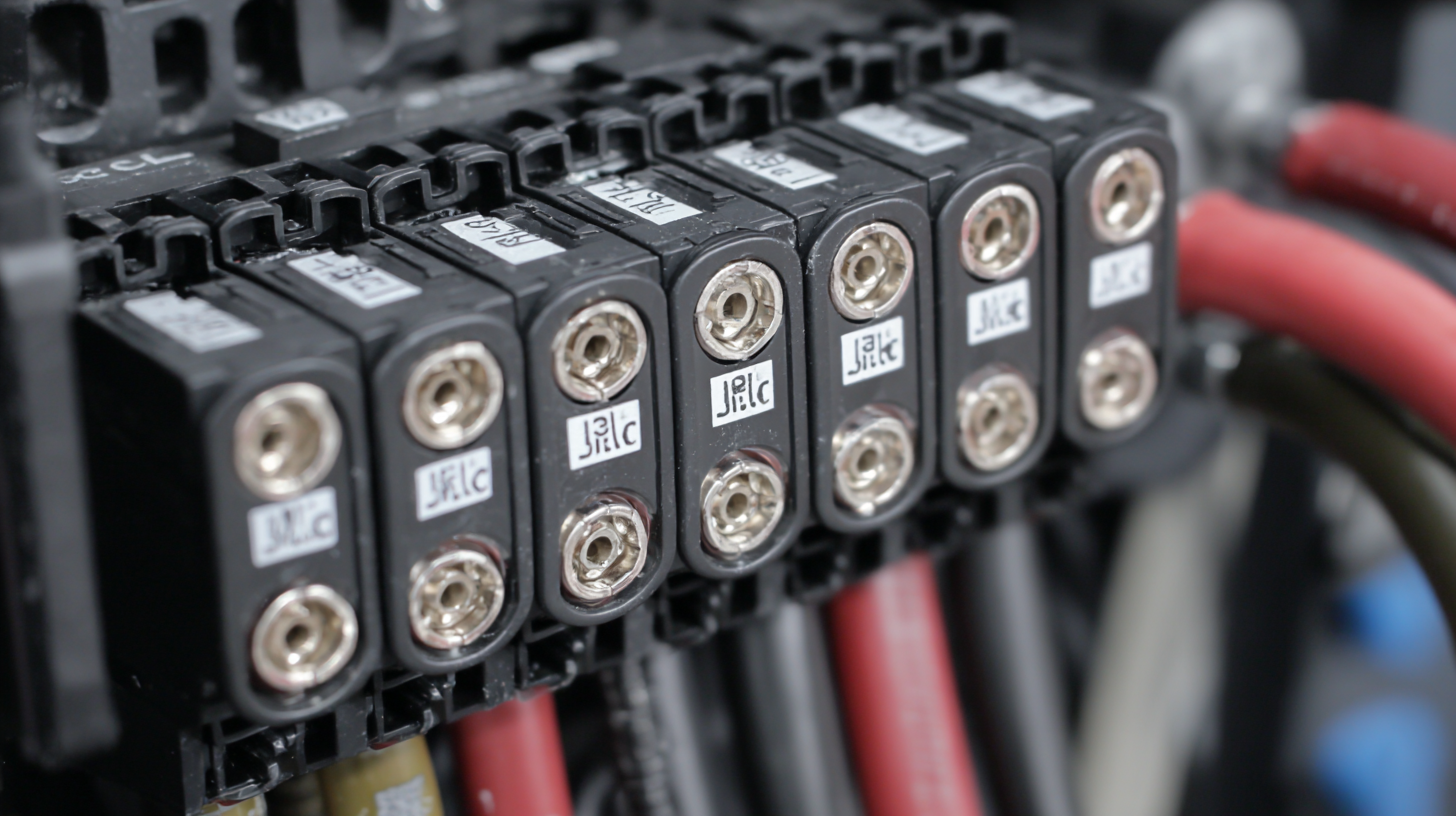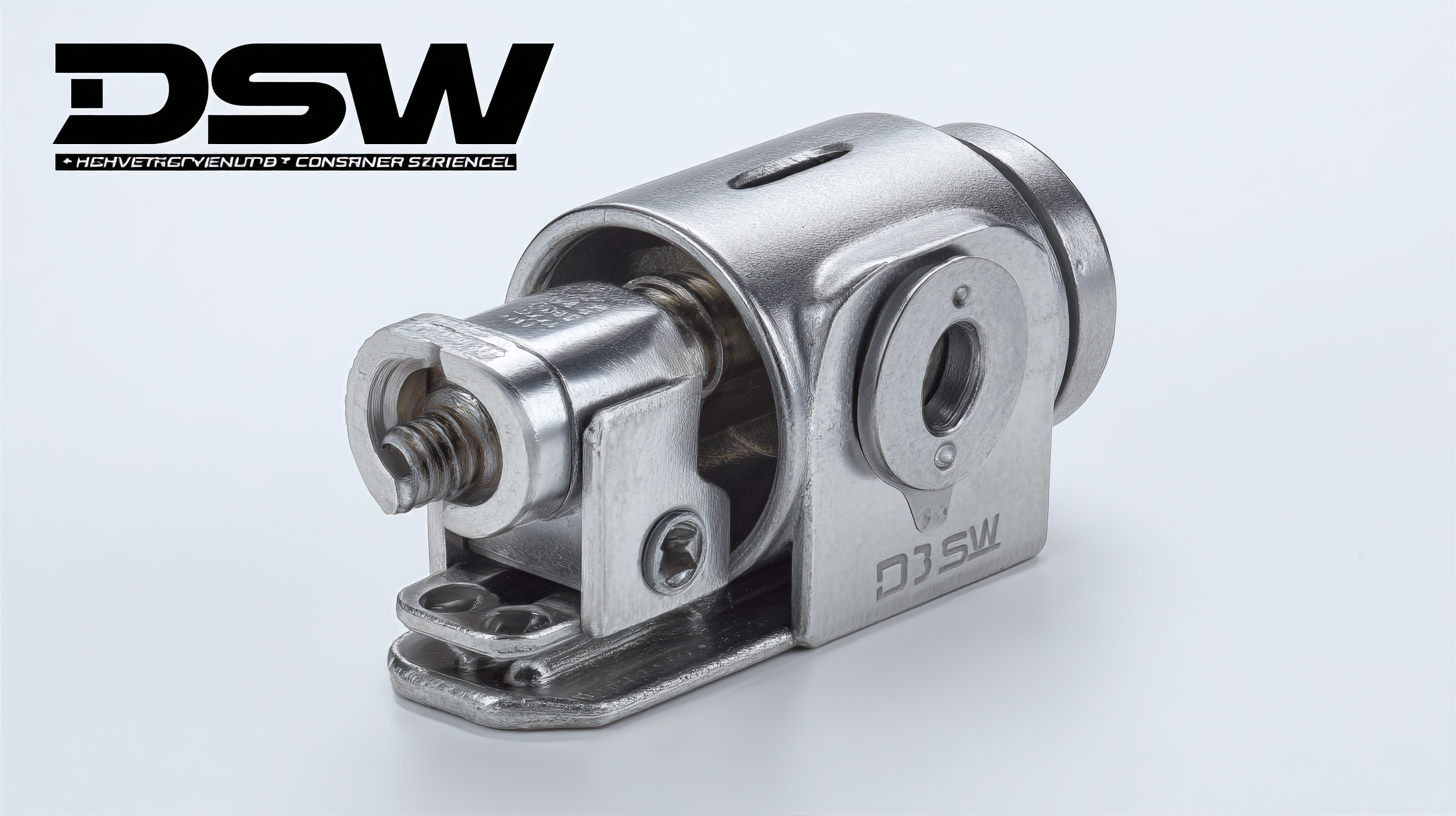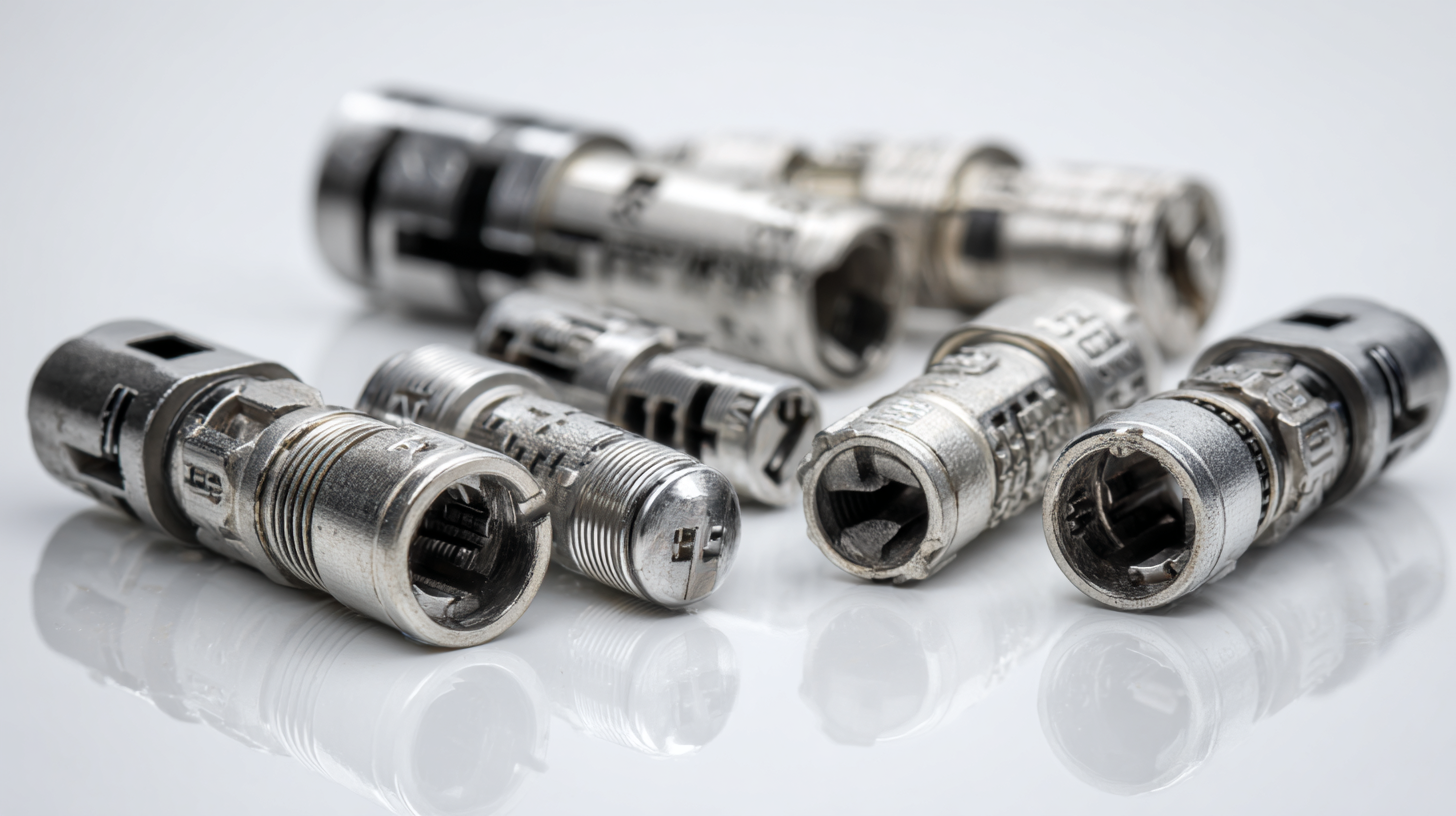
In the competitive landscape of industrial manufacturing, reducing operational costs while maintaining reliability is crucial. According to a report by IBISWorld, the global market for heavy-duty connectors is expected to grow significantly, driven by increasing demands for robust electrical connections in harsh environments. Specifically, Heavy Duty Crimp Connectors stand out due to their durability and efficiency in critical applications across various industries, including automotive, aerospace, and telecommunications. Effective after-sales service plays a vital role in minimizing repair costs associated with these connectors, ensuring they operate optimally over their lifecycle. This blog will explore five key after-sales service advantages that not only extend the longevity of Heavy Duty Crimp Connectors but also contribute to substantial cost savings in maintenance and repairs.

When it comes to heavy-duty crimp connectors, the significance of
comprehensive warranties cannot be overstated. These warranties play a critical role
in minimizing repair costs while maximizing operational efficiency.
According to a report from the Electrical Connector Association, nearly
30% of all maintenance costs in industrial applications can be attributed
to connector failures. Implementing robust warranty policies can mitigate these costs by providing parts
replacement and repair services, which ultimately leads to a more reliable operation and decreased downtime.
Moreover, comprehensive warranties not only address issues of repair but also enhance overall productivity in
the long run. A study by the International Society of Automation revealed
that companies with comprehensive service agreements reported a
25% increase in equipment uptime compared to those without such provisions.
By investing in heavy-duty crimp connectors backed by solid warranties, businesses can ensure that they are not
only capitalizing on the performance reliability of their connectors but are also safeguarding against unexpected
expenses associated with repairs and maintenance. This proactive approach not only strengthens the bottom line
but also reinforces a commitment to continuous operational efficiency.
In the heavy-duty equipment sector, minimizing downtime is crucial for operational efficiency, particularly when it comes to crimp connectors. These connectors, essential for many electrical systems, can face issues such as electrical corrosion, especially in harsh environments like the undercarriage of heavy trucks. Recent developments, such as the new Manual Service Disconnect Plug capable of supporting up to 200 Amps, highlight the importance of reliable technical support. These connectors often feature advanced mechanisms to detect mating status, which can prevent improper connections and reduce the likelihood of downtime.
Furthermore, technical support extends beyond just product performance. Training and advisement on the proper installation and maintenance of connectors can significantly affect lifecycle management. With a reduction in repair costs often stemming from well-informed installation processes, businesses can leverage expert guidance to ensure their systems run seamlessly. For instance, having the right crimping tools, as supported by industry reports, can ensure connections are made securely and efficiently, decreasing the chances of failure. This proactive approach to after-sales service can lead to substantial savings and enhanced reliability in heavy-duty operations.

When it comes to maintaining heavy-duty crimp connectors, implementing effective cost-saving maintenance plans is crucial for enhancing their longevity. These connectors often endure harsh conditions, making regular upkeep necessary to prevent premature failures. A proactive maintenance approach can significantly reduce repair costs by identifying potential issues before they escalate. Regular inspections, cleaning, and tightening of connections can help maintain optimal performance and extend the lifespan of these critical components.
Moreover, investing in training for personnel who handle these connectors is a strategic move that can yield long-term benefits. Equipping staff with the knowledge to perform routine checks and understand the importance of proper installation can minimize mistakes that lead to costly repairs. Establishing a standardized maintenance schedule tailored to the specific use cases of the connectors will ensure consistent attention and care, ultimately contributing to reduced operational costs and increased reliability in demanding environments.
This chart illustrates the estimated cost savings achieved through effective after-sales services for heavy-duty crimp connectors. The data highlights key advantages that contribute to reduced repair costs and enhanced connector longevity.
Quality assurance processes play a critical role in minimizing failures and reducing repair expenses for heavy-duty crimp connectors. By implementing rigorous testing and inspection protocols during the manufacturing phase, companies can ensure that these connectors meet industry standards and operate efficiently under various conditions. This proactive approach not only enhances product reliability but also significantly lowers the likelihood of costly repairs or replacements after sales.
To further enhance the effectiveness of quality assurance, consider the following tips:
 Investing in user training and providing comprehensive resources can significantly empower customers to prevent repairs and extend the life of heavy-duty crimp connectors. According to a report by the International Journal of Productivity and Performance Management, organizations that offer comprehensive training programs can reduce equipment breakdowns by up to 30%. This reduction not only leads to longer product lifespans but also contributes to overall cost savings on repairs and replacements.
Investing in user training and providing comprehensive resources can significantly empower customers to prevent repairs and extend the life of heavy-duty crimp connectors. According to a report by the International Journal of Productivity and Performance Management, organizations that offer comprehensive training programs can reduce equipment breakdowns by up to 30%. This reduction not only leads to longer product lifespans but also contributes to overall cost savings on repairs and replacements.
Tips for maximizing the benefits of user training include creating easily accessible online resources, such as video tutorials and interactive guides. By offering these materials, customers can quickly learn about proper installation techniques and maintenance routines. Furthermore, consistent follow-ups and refresher courses can ensure that users are well-informed about best practices and the latest developments in connector technology.
Another key approach is fostering a community forum where users can share their experiences and solutions. Engaging with peers not only enhances knowledge but also encourages best practices that further minimize the likelihood of repairs. As highlighted in a study by the Customer Service Institute, a well-informed customer is 60% more likely to apply preventive measures effectively, ultimately leading to reduced maintenance costs and prolonged product performance.
